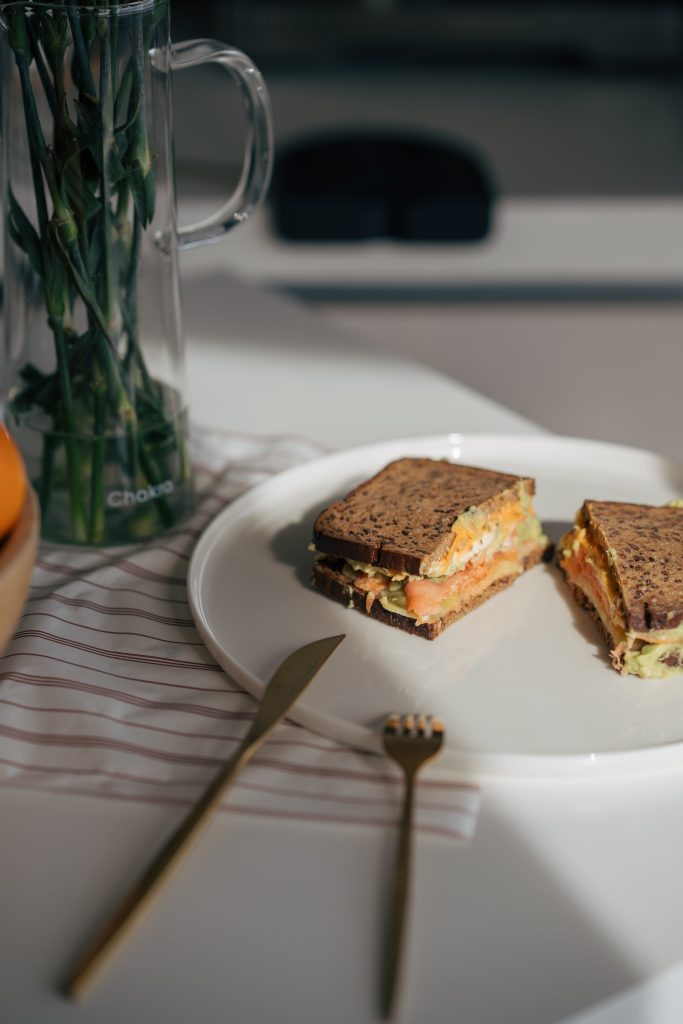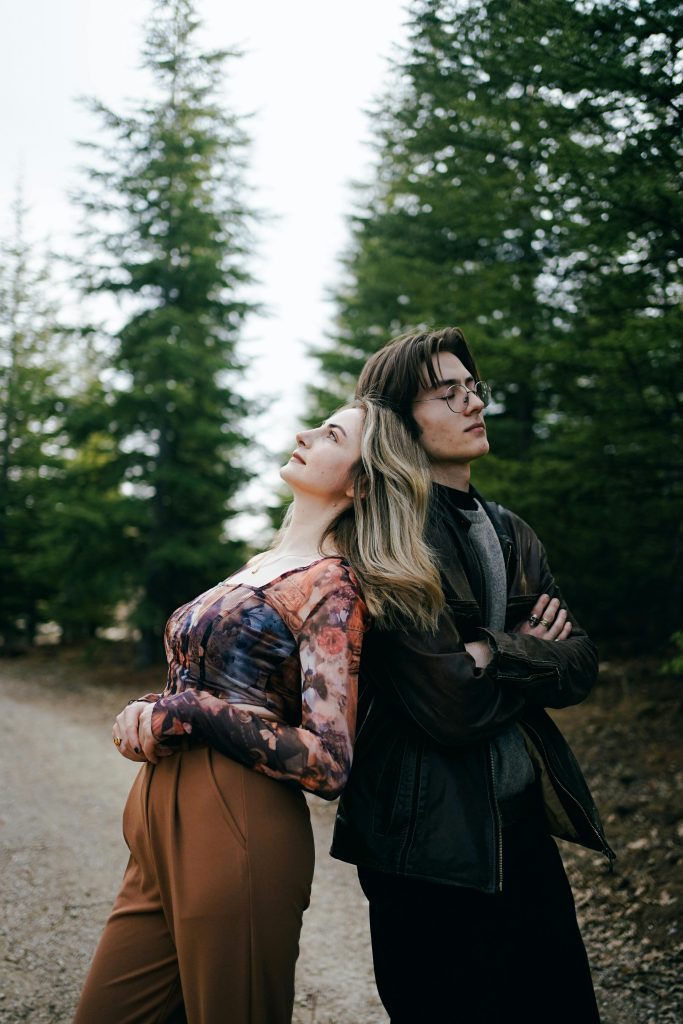Are you a beginner photographer looking to improve your skills and get started in the photography business? Look no further! In this article, we will provide you with essential photoshoot advice that will help you capture stunning images and make a mark in the industry. Whether you are interested in portrait photography, nature photography, or any other genre, these tips and tricks will give you the guidance you need to succeed. So grab your camera, put on your creative hat, and get ready to take your photography to the next level!
Essential Photoshoot Advice for Beginners
If you’re new to photography or looking to improve your skills, this comprehensive guide is here to help you navigate the essential aspects of a successful photoshoot. From choosing the right equipment to capturing memorable moments, we’ll cover everything you need to know to create stunning photographs.
1. Equipment
Invest in a good camera
A good camera is the foundation of every great photo. While smartphone cameras have come a long way, investing in a dedicated camera will give you greater control and flexibility. Look for a camera with a high resolution and sensor size that suits your needs and budget. Consider factors like low light performance, autofocus speed, and image stabilization to ensure you capture crisp and vibrant images.
Choose the right lenses
Lenses play a crucial role in determining the look and feel of your photographs. Start with a versatile lens, such as a 50mm prime lens, which is ideal for portraits and general photography. As you gain experience, you can explore different lenses like wide-angle for landscapes or telephoto for close-ups. Be mindful of the lens’s focal length, aperture, and image quality when making a choice.
Don’t forget the tripod
A tripod is a photographer’s best friend when it comes to stability and composition. It allows you to capture sharp images, especially in low light conditions or when using longer shutter speeds. Look for a sturdy tripod that can support the weight of your camera and lens. Consider features like height adjustability, locking mechanisms, and durability to ensure your tripod will serve you well for years to come.
2. Lighting
Master natural lighting
Understanding how to work with natural light is essential for creating beautiful photographs. Familiarize yourself with the characteristics of different lighting conditions, such as golden hour (early morning or late afternoon) and blue hour (dawn or dusk). Learn how to position your subject in relation to the light source and experiment with backlighting, side lighting, and soft diffused light to achieve different effects.
Experiment with artificial lighting
While natural light is often preferred, learning to work with artificial lighting can greatly expand your creative possibilities. Invest in a reliable flash or lighting setup that provides adjustable power and allows you to control the direction of light. Experiment with different lighting techniques, such as bouncing light off walls or using modifiers like umbrellas or softboxes, to achieve the desired mood and atmosphere in your photos.
Use reflectors and diffusers
Reflectors and diffusers are inexpensive yet invaluable tools for manipulating light. Reflectors bounce light onto the subject, filling in shadows and creating a more balanced exposure. Diffusers soften harsh light, reducing contrast and creating a pleasing glow. Experiment with different sizes and colors of reflectors and diffusers to learn how they can enhance your images and bring out the best in your subjects.

3. Composition
Utilize the rule of thirds
The rule of thirds is a fundamental principle in photography composition. Imagine dividing your frame into a 3×3 grid and aligning your subject or key elements along these gridlines or at their intersections. This technique adds balance, interest, and a sense of harmony to your photos. Experiment with different placements and keep an eye on the overall balance of your composition.
Create depth with leading lines
Leading lines are powerful compositional tools that draw the viewer’s eye into the photo and create a sense of depth. Look for natural or man-made lines in your surroundings, such as roads, fences, or architectural elements, that can guide the viewer’s gaze towards your subject. Experiment with different angles and perspectives to maximize the impact of leading lines and create a dynamic composition.
Experiment with different angles
Changing your shooting perspective can greatly enhance the storytelling and visual impact of your photos. Don’t be afraid to get low or high, move around your subject, or even shoot from unconventional angles. By experimenting with different perspectives, you can create unique and captivating images that stand out from the crowd.
4. Posing
Guide your subject’s posture
Posing plays a crucial role in portrait photography, as it can convey emotions, enhance features, and create a flattering result. Guide your subject’s posture by providing clear directions and suggestions. Help them find a comfortable and natural position, and pay attention to details like body alignment, hand placement, and facial expressions. Remember to communicate and collaborate with your subject to ensure they feel at ease and confident.
Encourage natural and relaxed poses
While posing can add polish to a photograph, natural and relaxed poses often produce the most authentic and engaging results. Encourage your subjects to be themselves, to interact with their surroundings, and to express genuine emotions. Capture candid moments that reveal their personality and create a connection between the viewer and the subject.
Capture candid moments
Candid moments are often the most cherished and memorable. Be ready to capture unexpected interactions, genuine laughter, and fleeting expressions. These genuine moments can evoke emotions and tell stories that posed shots may not. Keep your camera at the ready, be patient, and allow the magic to unfold naturally.

5. Location
Choose a suitable backdrop
The location you choose for your photoshoot sets the stage and contributes to the overall mood and story of your images. Consider the theme or purpose of your shoot and select a backdrop that complements it. Whether it’s a lush forest, an urban cityscape, or a simple white studio background, ensure that the location enhances your subject and adds visual interest to your photographs.
Consider the lighting conditions
The lighting conditions at your chosen location can significantly impact the final outcome of your photos. Visit the location at different times of the day to assess the quality and direction of light. Take note of any potential obstructions or sources of unwanted shadows. Consider using portable reflectors, diffusers, or even artificial lighting to overcome lighting challenges and create the desired atmosphere.
Check for permits and restrictions
Before conducting a photoshoot, especially in public or private locations, be sure to check for any permits or restrictions that may apply. Some places may require prior authorization, have time constraints, or impose certain rules on photography. Stay informed and obtain the necessary permissions to ensure a smooth and hassle-free experience.
6. Wardrobe and Styling
Collaborate with a stylist
To create a cohesive and visually appealing photoshoot, consider collaborating with a stylist. A stylist can help curate outfits, select accessories, and ensure that the overall styling aligns with your desired theme or concept. Their expertise can elevate your photoshoot to a professional level and bring your vision to life.
Coordinate outfits with the theme
Carefully selected outfits can add depth and character to your photographs. Coordinate the attire of your subjects with the overall theme or mood of your shoot. Consider colors, patterns, textures, and styles that complement the location, the subject’s personality, and the desired atmosphere. Encourage your subjects to express their individuality through their wardrobe choices.
Pay attention to details
In photography, paying attention to the smallest details can make a big difference in the final result. Ensure that clothing is properly pressed, accessories are well-coordinated, and grooming is on point. Take the time to remove distractions like stray hairs or visible tags, and communicate any necessary adjustments to your subjects. By being attentive to these details, you can create polished and professional-looking photographs.

7. Communication
Build rapport with your subject
A comfortable and trusting relationship between you and your subject is essential for capturing natural and authentic photographs. Take the time to connect with your subject on a personal level before the shoot. Engage in friendly conversations, establish rapport, and make them feel valued and appreciated. This connection will result in more relaxed and genuine expressions, allowing you to capture their essence in your photographs.
Give clear directions
Clear and concise communication is vital during a photoshoot. Provide specific directions to guide your subject’s posing, movements, or facial expressions. Use simple and visual cues to help them understand the desired outcome. Be patient, encouraging, and adaptable to ensure your subject feels confident and comfortable following your instructions.
Provide feedback and encouragement
Offering feedback and encouragement to your subject can make a significant difference in their confidence and performance. Regularly provide positive reinforcement by acknowledging their efforts and highlighting their successes. Offer constructive criticism when needed, focusing on improvements and suggestions that will enhance their posing or expressions. Cultivating a supportive environment will result in genuine engagement and produce better photographs.
8. Post-processing
Develop a consistent editing style
Post-processing is an essential part of the photography workflow. Develop a consistent editing style that aligns with your personal vision and the desired mood of your photographs. Experiment with different editing techniques, such as adjusting exposure, enhancing colors, or applying creative filters. Aim to create a cohesive visual style across your portfolio that reflects your artistic voice.
Enhance colors and contrast
During post-processing, take the opportunity to enhance the colors and contrast of your photographs. Adjust the saturation and vibrance settings to make colors pop or create a more muted and subdued look. Pay attention to the contrast levels to ensure there is enough visual separation between different elements in your image. Strive for a balanced and visually pleasing result.
Remove distractions and imperfections
Post-processing allows you to remove distractions and imperfections that may detract from the overall impact of your photos. Utilize tools like spot removal or cloning to eliminate unwanted elements, such as dust, blemishes, or stray objects. Be mindful to maintain a natural appearance and avoid over-editing, as it can lead to unrealistic or artificial-looking results.
9. Research and Inspiration
Study the work of renowned photographers
Learning from the masters is an excellent way to gain inspiration and improve your photographic skills. Study the work of renowned photographers across different genres and styles. Analyze their composition, lighting techniques, use of colors, and storytelling methods. Take note of what resonates with you and incorporate these learnings into your own work.
Seek inspiration from different genres
Don’t limit yourself to a single genre or style of photography. Seek inspiration from various genres, including landscape, street, portrait, or documentary photography. Each genre offers unique perspectives, techniques, and storytelling possibilities that can enrich your own practice. Embrace diversity and allow yourself to experiment and incorporate elements from different genres into your work.
Stay updated with current trends
The photography world is constantly evolving, with new techniques, technology, and trends emerging regularly. Stay updated by following photography blogs, websites, and social media accounts dedicated to the craft. Participate in online forums or communities where photographers share their knowledge and insights. By staying informed, you can continually expand your skills and ensure your work remains fresh and relevant.
10. Continual Learning and Practice
Attend workshops and photography courses
Investing in your education and skill development is essential for continuous growth as a photographer. Attend workshops, seminars, or photography courses led by experienced professionals in your area or online. These learning opportunities provide hands-on experience, valuable insights, and the chance to network with fellow photographers. Be open to learning new techniques, refining your technical skills, and exploring your artistic vision.
Join photography communities
Surrounding yourself with like-minded individuals can provide invaluable support, knowledge-sharing, and inspiration. Join photography communities, whether in-person or online, where you can connect with fellow photographers, share your work, and receive feedback. Engaging with others in the field can expose you to diverse perspectives, foster collaborations, and motivate you to continuously improve your craft.
Experiment and learn from mistakes
Photography is a journey of exploration and learning. Embrace experimentation and step outside of your comfort zone. Don’t be discouraged by mistakes or failures; view them as opportunities for growth and improvement. Analyze what went wrong, make adjustments, and learn from each experience. With every photoshoot, both successful and otherwise, you’ll gain valuable insights and develop your unique style as a photographer.
By following these essential photoshoot tips, you’ll be well-equipped to create stunning images that capture the beauty of your subjects and tell compelling stories. Remember to have fun, be open to new ideas, and let your passion shine through in every photograph you create. Happy shooting!
